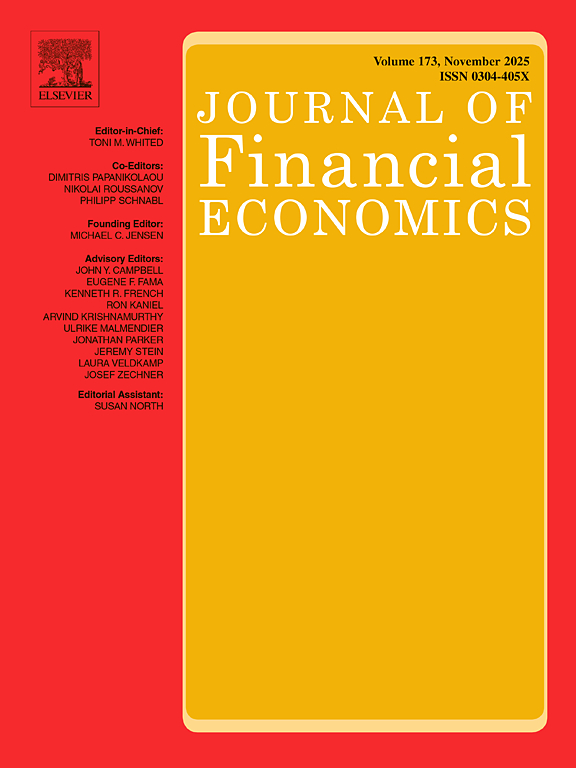-
作者:Acharya, VV; John, K; Sundaram, RK
作者单位:New York University
摘要:The practice of resetting strike prices on underwater executive stock options has drawn criticism for weakening managerial incentives. Our model shows that although the anticipation of resetting can negatively affect initial incentives, resetting can still be an important, value-enhancing aspect of compensation contracts, even from an ex-ante standpoint. In fact, we find that some resetting is almost always optimal. The relative advantages of resetting diminish with greater ability of managers...
-
作者:Chance, DM; Kumar, R; Todd, RB
作者单位:Virginia Polytechnic Institute & State University; Boston University
摘要:We examine a sample of firms that reset the exercise prices on their executive options. These repricings follow a period of about one year of poor firm-specific performance in which the average firm loses one-fourth of its value. No other offsetting changes to option terms or compensation are made, and many firms reprice more than once. Without repricing, a majority of the options would have been at-the-money within two years. We find that when faced with circumstances in which repricing might...
-
作者:Johnson, SA; Tian, YS
作者单位:Louisiana State University System; Louisiana State University; York University - Canada; University System of Ohio; University of Cincinnati
摘要:We examine the value and incentive effects of six nontraditional executive stock options: premium options, performance-vested options, repriceable options, purchased options, reload options, and indexed options. With reasonable parameter values, four options have lower value than a traditional option when granted, and large differences in value are evident across the types. Holding option value constant, five options create stronger incentives than traditional options to increase stock price, ...
-
作者:Chordia, T; Roll, R; Subrahmanyam, A
作者单位:University of California System; University of California Los Angeles; Vanderbilt University
摘要:Traditionally and understandably, the microscope of market microstructure has focused on attributes of single assets. Little theoretical attention and virtually no empirical work has been devoted to common determinants of liquidity nor to their empirical manifestation, correlated movements in liquidity. But a wider-angle lens exposes an imposing image of commonality. Quoted spreads, quoted depth, and effective spreads co-move with market- and industry-wide liquidity. After controlling for well...
